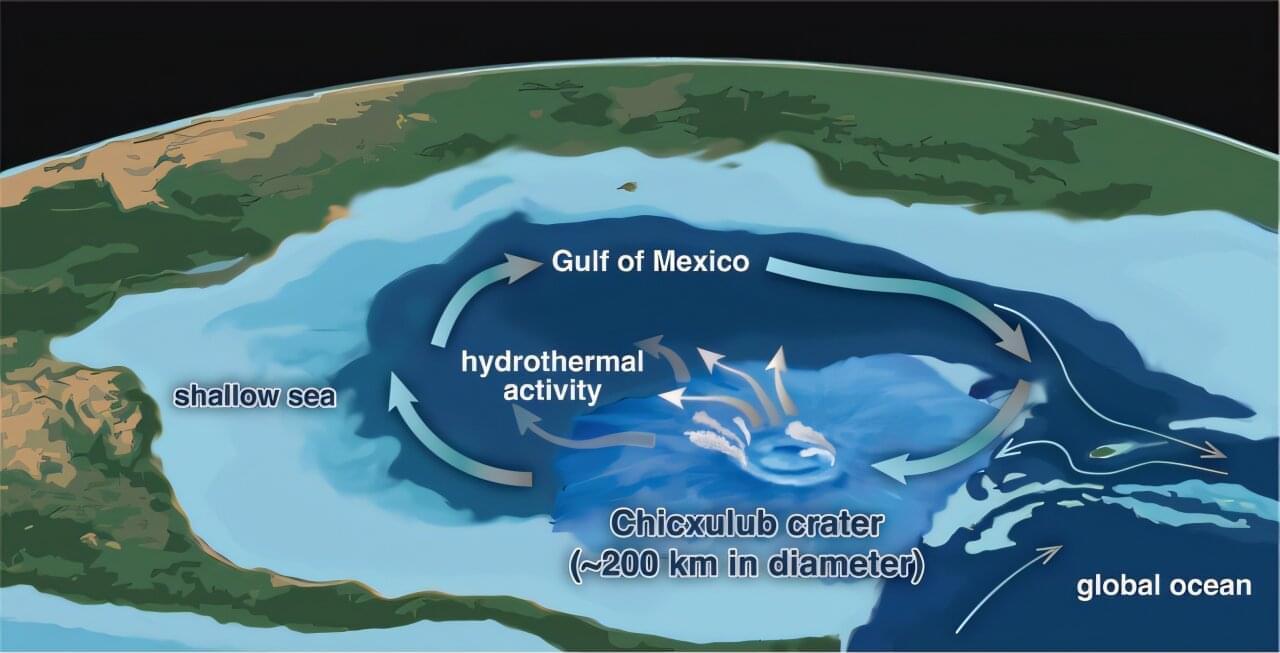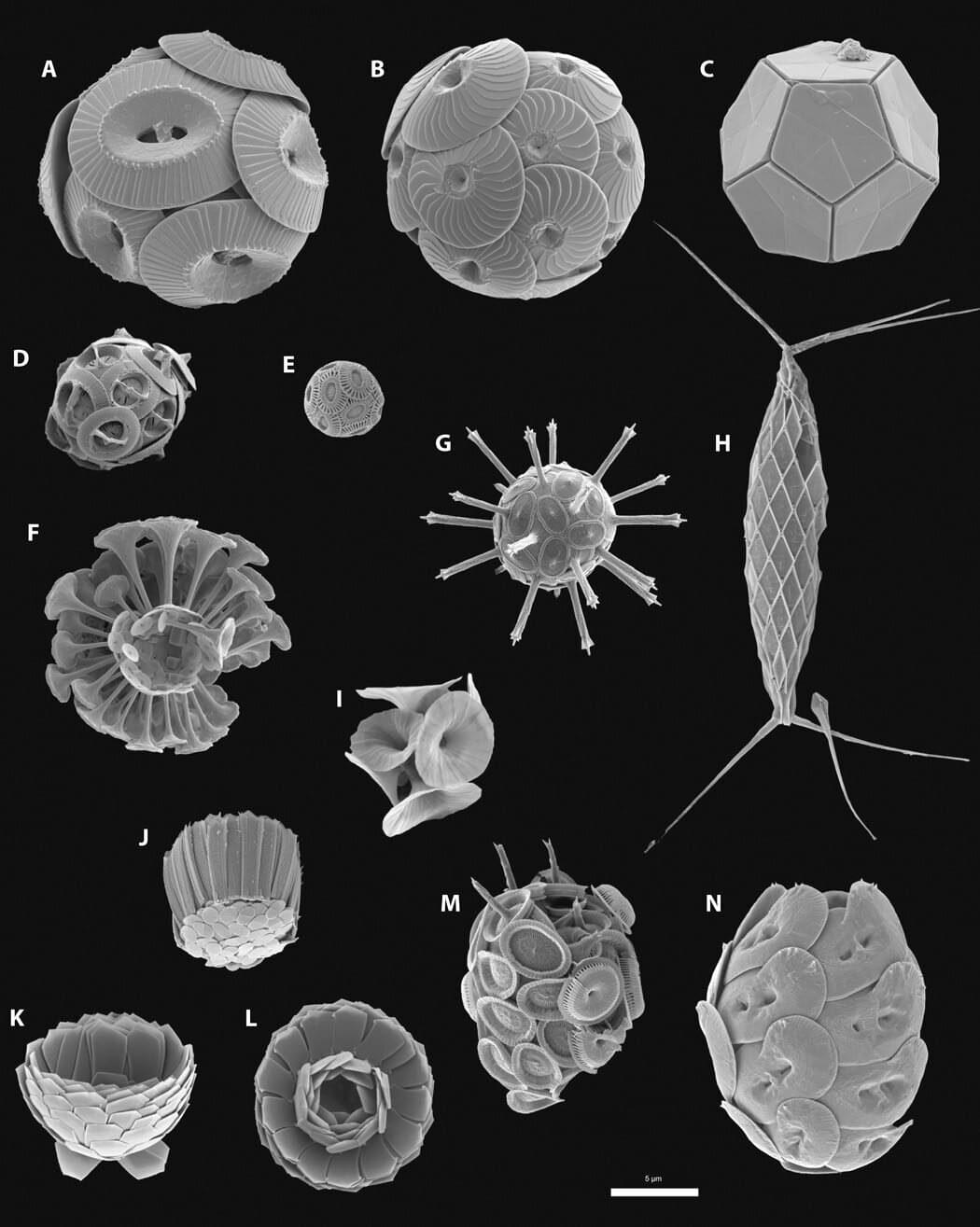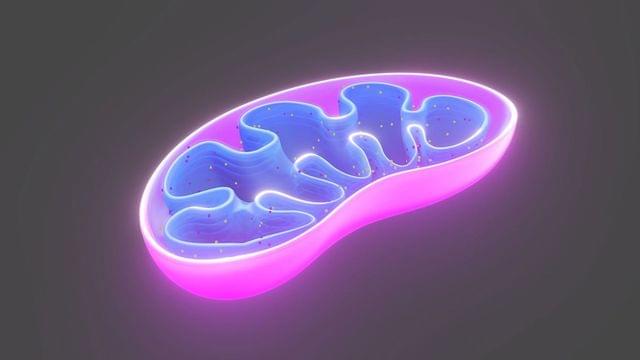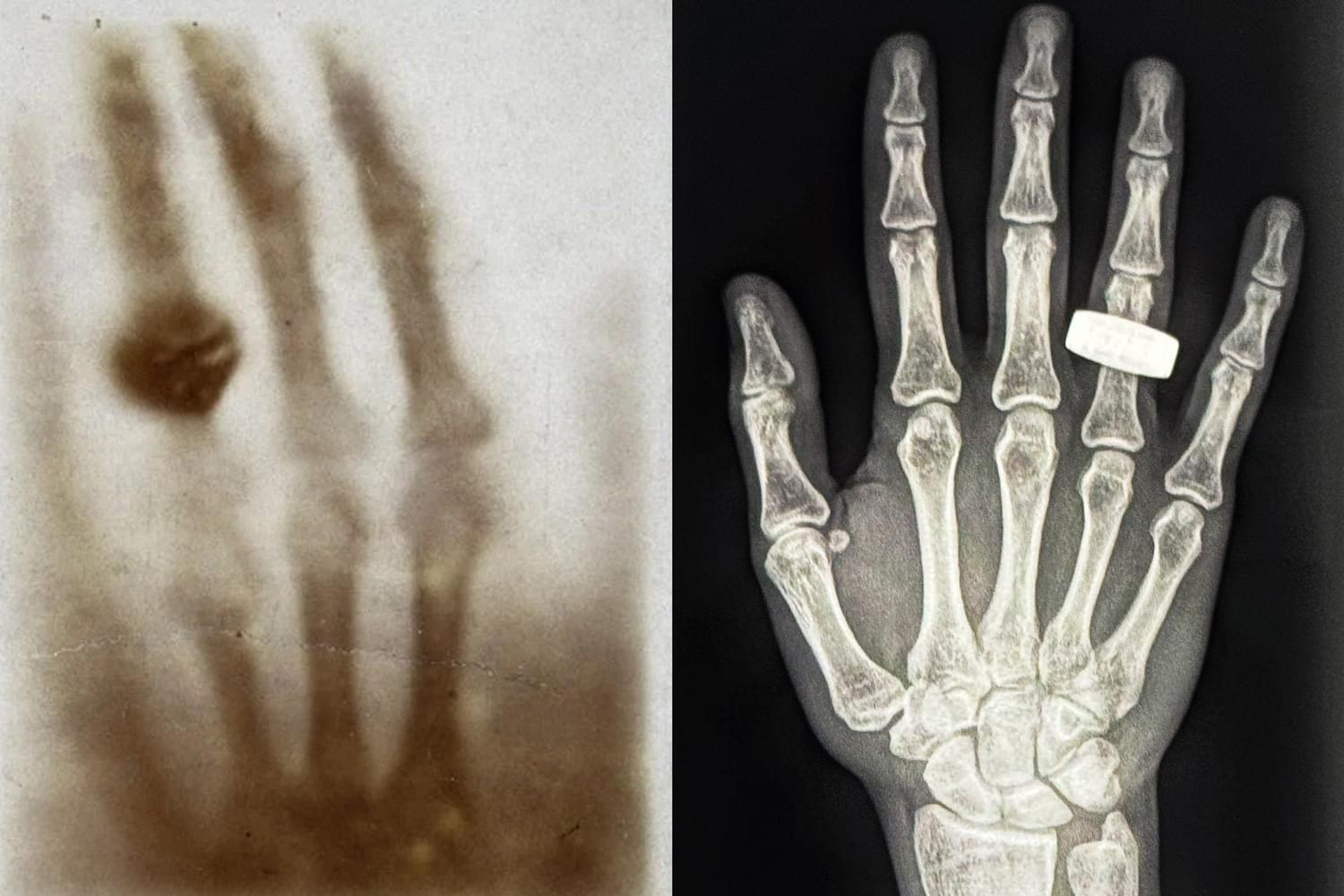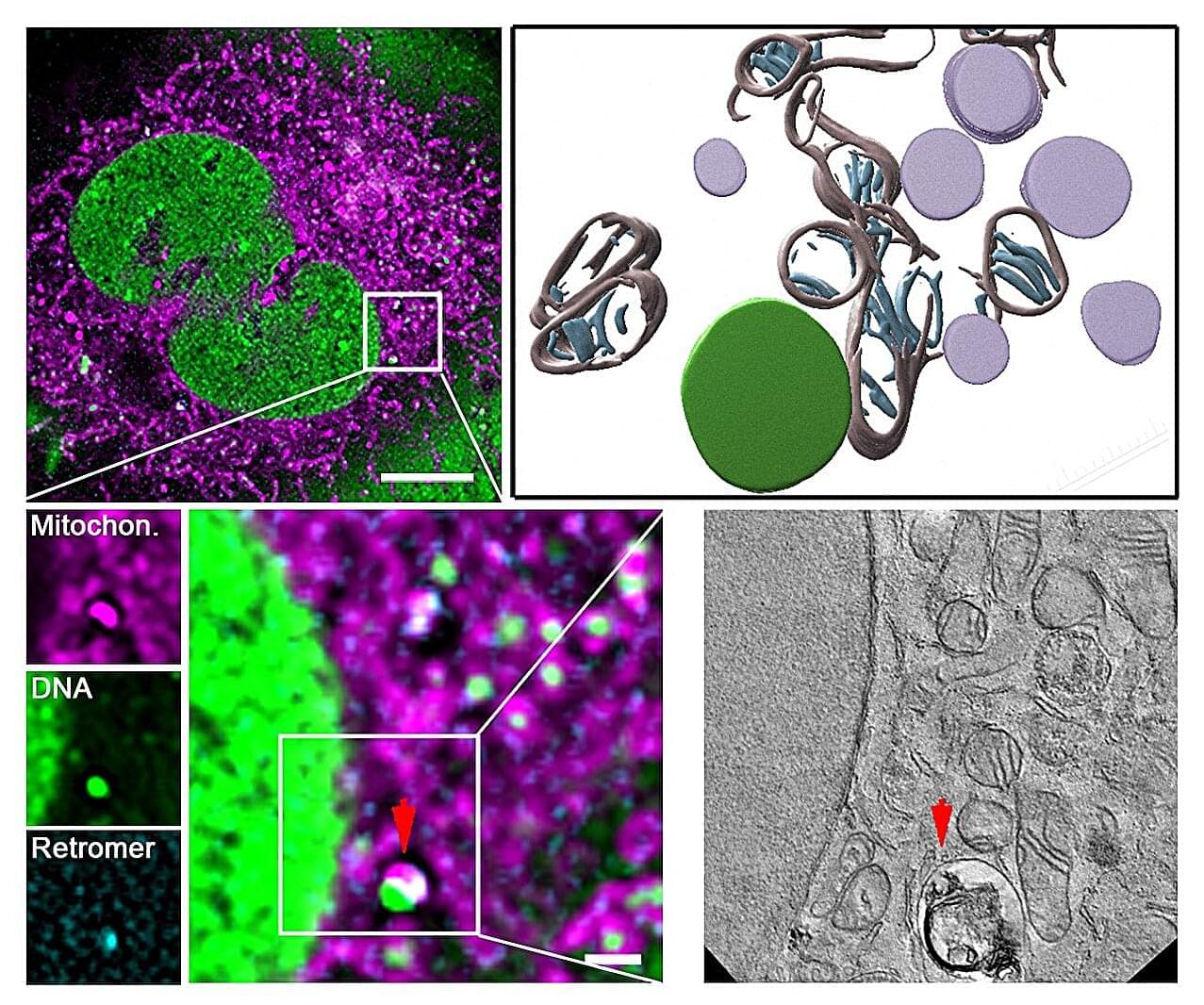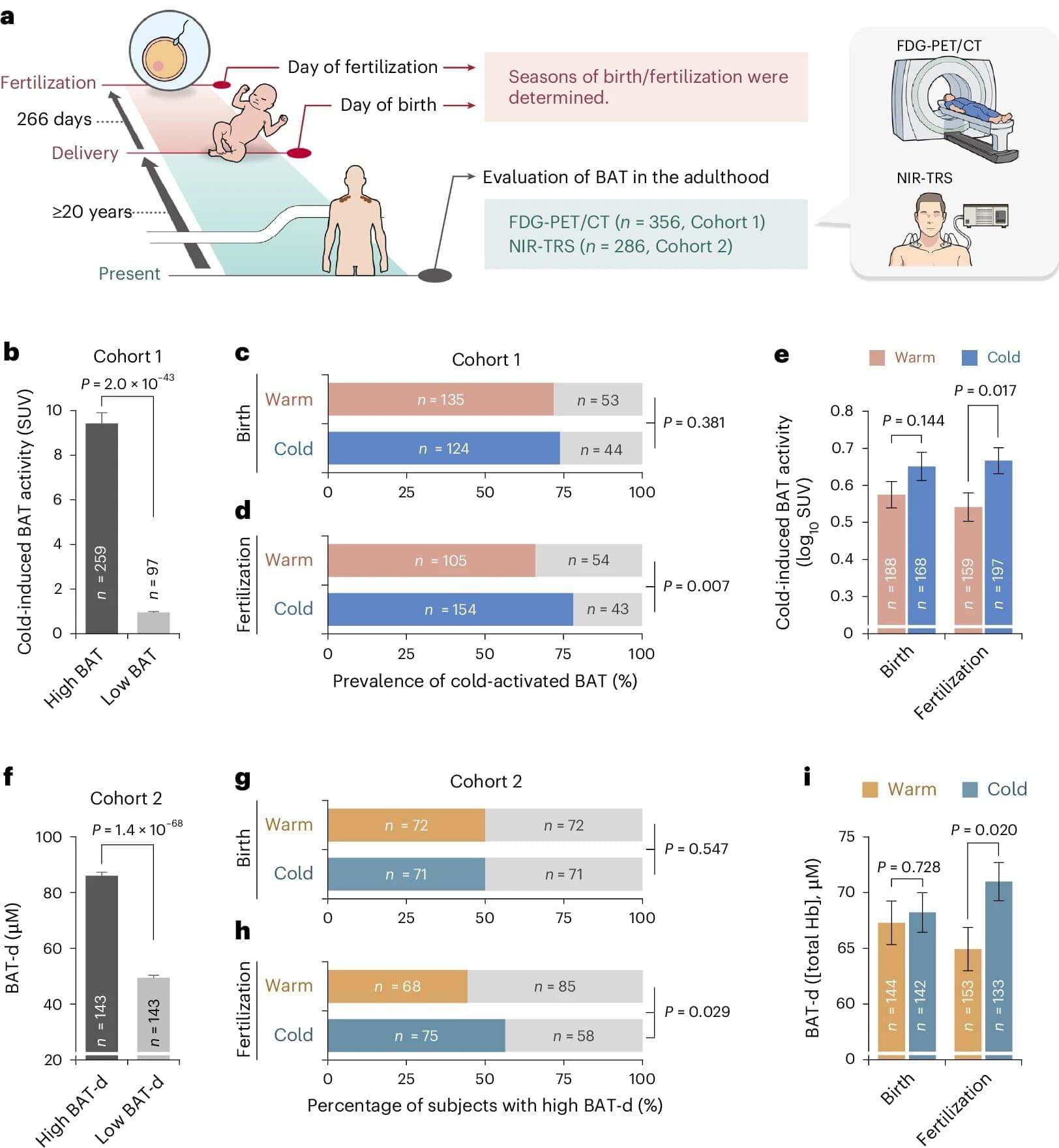
Individuals who were conceived in colder seasons are more likely to show higher brown adipose tissue activity, increased energy expenditure and a lower body mass index (BMI), and lower fat accumulation around internal organs, compared with those conceived in warmer seasons, suggests a study published in Nature Metabolism. The findings, based on an analysis involving more than 500 participants, indicate a potential role for meteorological conditions influencing human physiology.
Although eating habits and exercise are key indicators of fat loss, exposure to cold and warmth also plays a part. In colder temperatures, the body generates more heat (cold-induced thermogenesis) via brown adipose tissue activity and stores less fat in the form of white adipose tissue than it does in hotter temperatures. However, underlying factors contributing to individual differences in brown adipose tissue activity remain poorly understood, particularly in humans.
Takeshi Yoneshiro and colleagues analyzed brown adipose tissue density, activity and thermogenesis in 683 healthy male and female individuals between ages 3 and 78 in Japan, whose parents were exposed to cold temperatures (defined in the study as between 17 October and 15 April) or warm temperatures (between 16 April and 16 October) during the fertilization and birth periods.


